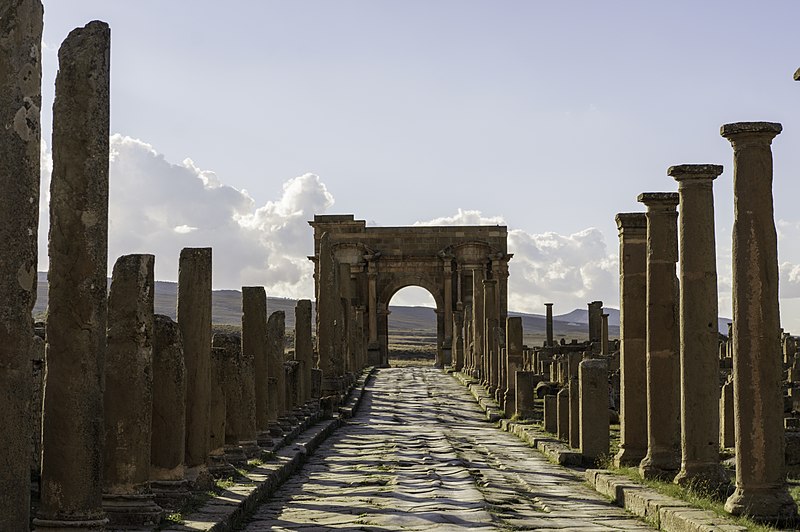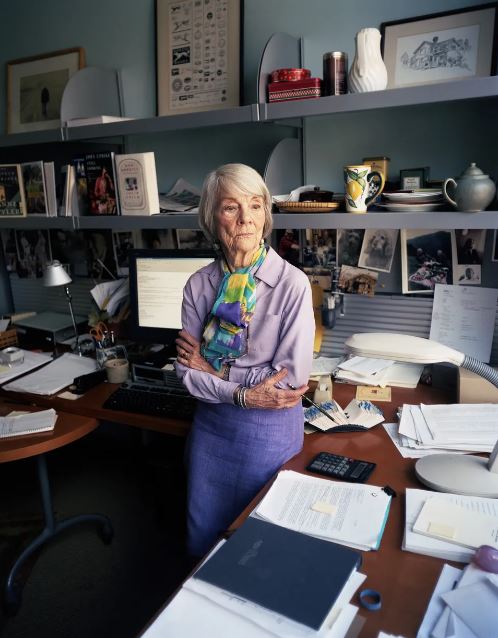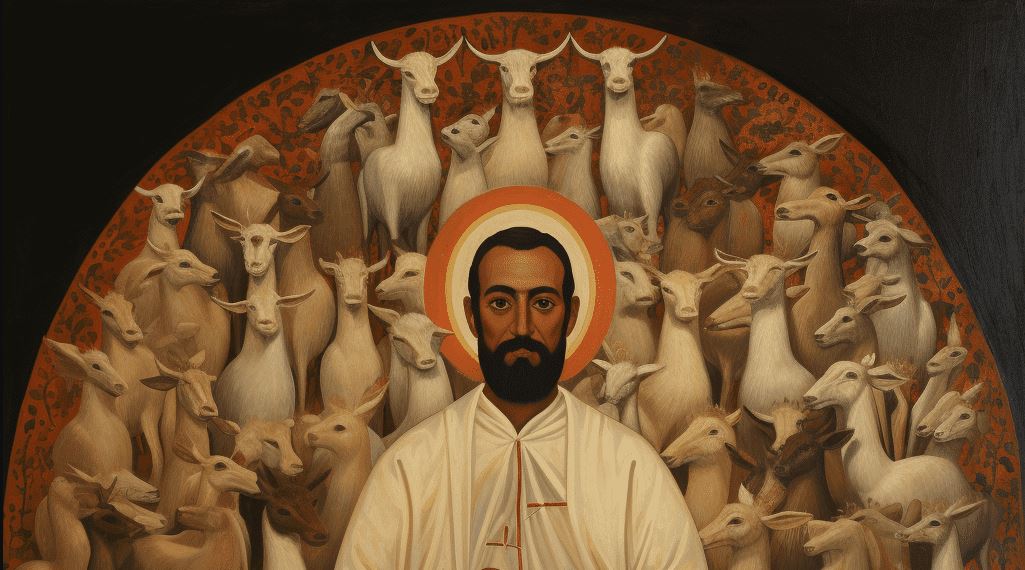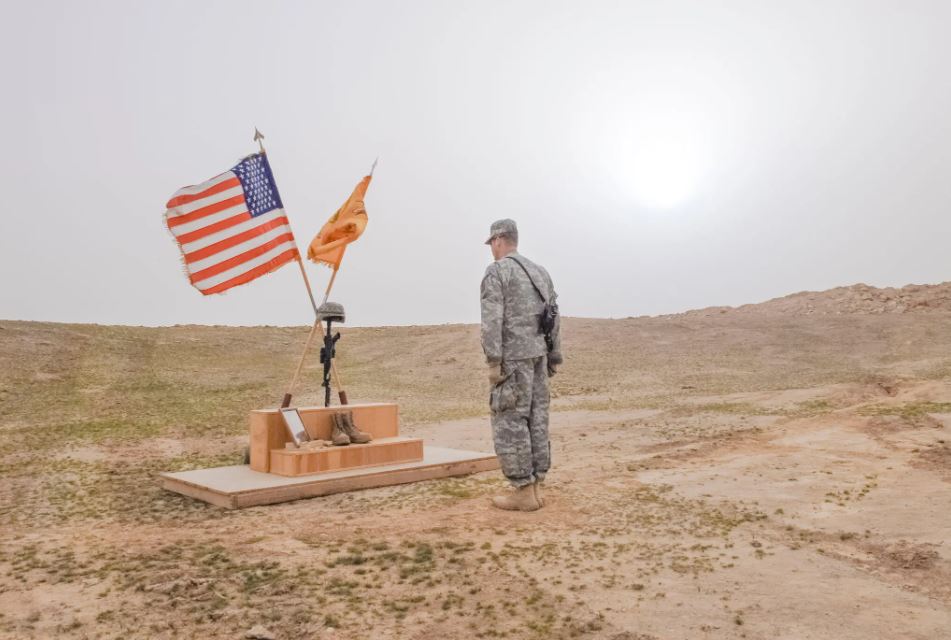“Can We Make the World a Better Place?” by Peter Leithart in First Things

One of the most Solomonic threads of Mortal Goods is a polemic against the historically-recent notion of “betterment,” the conviction that the purpose of life is to “leave the world better than you found it” and the confidence that we have the wisdom and strength of will to improve it. It’s not that Radner opposes improvement. Longer life spans, peace, justice, health are all goods. Rather, Radner’s sobering point is that all our efforts at betterment do little more than nudge the needle.
“Mastering the Art of Making a Cookbook,” by Adam Gopnik in The New Yorker

That was the role that Judith Jones played. She oversaw things. She understood that, though you can’t make good writing into great writing, you can make bad writing into better writing, and that the work of the editor is therefore to press down hard on the details and to keep the pressure on when the writer, whether working on a novel or a cookbook, thinks the job is already finished.
“Picturing Aphou, a Lost African Mystic,” by Matthew J. Milliner in Comment

Faced with new developments like one-point perspective and oil painting, some forcefully resisted (the Dominican preacher Savonarola comes to mind) and others enthusiastically embraced the new methods (Leon Battista Alberti, Fra Filippo Lippi, or Bronzino). Yet others found faithful ways forward while still holding to traditional Christian wisdom (such as Fra Angelico or Piero della Francesca). Hoping to pursue this third way, I aimed to deploy AI to recover a lost ancient African saint, whose existence is evident enough but whose writings have been misunderstood for centuries. There is no iconography of this saint that I am aware of—no tradition to draw on. So I wondered: Could AI help?
“What Do I Owe the Dead of My Generation’s Mismanaged Wars?” by Phil Klay in The New York Times

How do you memorialize the dead of a failed war? At Arlington, it’s easy to let your heart swell with pride as you pass certain graves. Here are the heroes that ended slavery. Here are the patriots who defeated fascism. We think of them as inextricably bound up with the cause they gave their life to. The same can’t be said for more morally troubling wars, from the Philippines to Vietnam. And for the dead of my generation’s wars, for the dead I knew, the reasons they died sit awkwardly alongside the honor I owe them.



